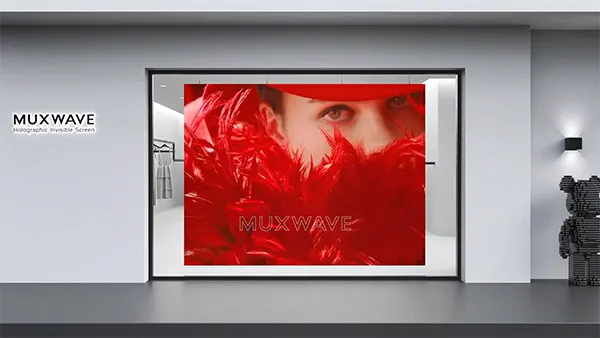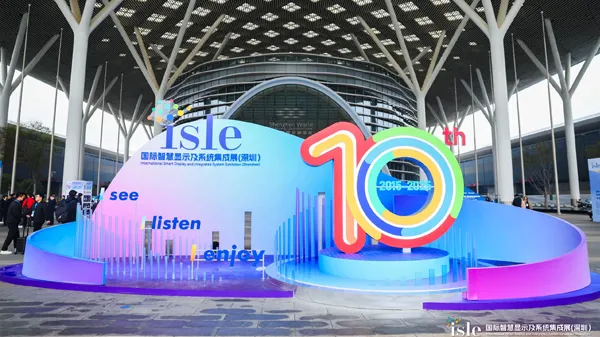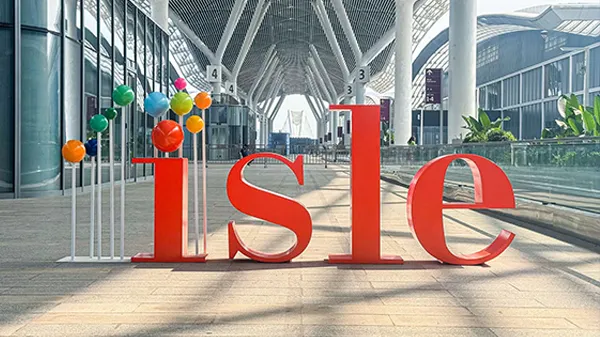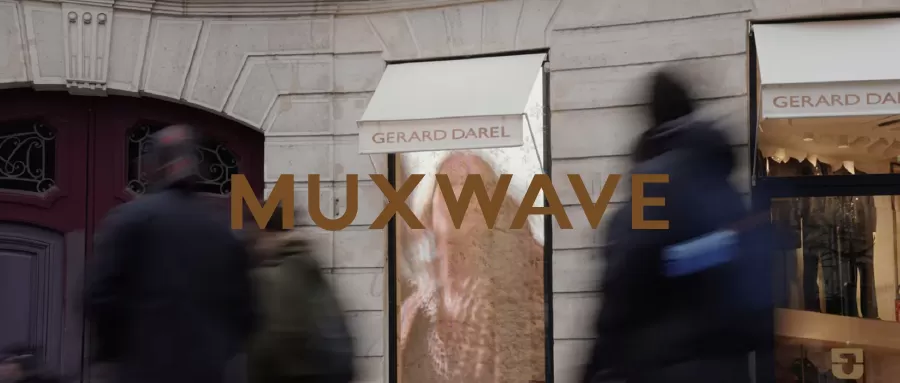Introduction
In recent years, augmented reality (AR) has emerged as a powerful tool to blend the physical and digital worlds. Simultaneously, LED transparent film screens are transforming the way businesses, brands, and cities communicate with audiences. When these two cutting-edge technologies converge, they create immersive, interactive experiences that go beyond traditional displays. From retail storefronts and museums to smart cities and entertainment venues, the synergy of AR and transparent LED film is redefining how people engage with digital content in real spaces.
In this article, we’ll explore what LED transparent film screens are, how they integrate with AR, their benefits, and the future applications of this revolutionary pairing.
What is an LED Transparent Film Screen?
Before diving into AR, let’s break down the technology behind LED transparent film screens:
- Ultra-thin film design: These displays are essentially adhesive, flexible films embedded with micro-LEDs.
- Transparency: They allow more than 80% light transmission, meaning you can still see through the glass even when content is displayed.
- Seamless installation: Applied directly to windows, glass walls, or transparent surfaces without bulky structures.
- Versatility: Suitable for retail, exhibitions, offices, and architectural facades.
Unlike traditional LED displays, transparent film screens do not obstruct visibility, making them an ideal platform for blending AR graphics with real-world surroundings.
How AR and Transparent Film Led Screen Work Together
Augmented reality typically requires smartphones, tablets, or AR glasses. But when combined with Transparent Film Led Screen, AR experiences can be delivered directly through glass or transparent partitions—removing the need for personal devices.
Here’s how they work together:
- Content Overlay: AR-powered visuals are projected or synchronized onto the LED transparent film screen.
- Real-Time Interactivity: Sensors, cameras, or AI software adjust the displayed content based on audience movement, gestures, or data input.
- Immersive Experience: The glass remains see-through, enabling viewers to simultaneously experience physical surroundings and AR-enhanced content.
This synergy transforms ordinary glass into a digital storytelling medium where real-life and digital layers coexist naturally.
Key Benefits of Combining AR with Transparent Led Screen Film
Immersive Engagement
Unlike static posters or traditional digital signage, this pairing allows audiences to interact dynamically with displayed content. Shoppers can “try on” clothes virtually in a store window, or museum visitors can see ancient artifacts come to life in 3D.
Maximizing Space Efficiency
Because LED transparent film adheres to glass, there’s no need for bulky equipment. Businesses can create interactive AR showcases without sacrificing valuable floor space.
Enhanced Storytelling
Brands can use AR-enhanced transparent screens to layer narratives, showing both the product itself and its digital enhancements, like usage scenarios, customization options, or holographic effects.
Future-Proof Branding
Integrating AR with transparent LED film positions companies as innovators, appealing to tech-savvy customers and setting them apart from competitors.
Applications of Ultra Transparent Film Led Screen
Retail & Shopping Malls
- Virtual Try-On: Customers walking by a store can see clothing, eyewear, or accessories “projected” on themselves via interactive AR-enabled transparent screens.
- Product Highlights: A sneaker shop can show floating specs, reviews, or animated designs around the physical product in the window.
Museums & Cultural Exhibitions
- Transparent film screens allow curators to display historical reconstructions, translations, or 3D animations directly on the glass protecting artifacts.
- Visitors experience an educational AR journey while still seeing the original exhibit.
Airports & Transportation Hubs
- AR-powered transparent screens at gates and lounges can show real-time flight info, directions, or immersive advertisements.
- Wayfinding becomes more intuitive, blending live directions into the physical environment.
Corporate Offices
- Meeting room partitions or lobbies with AR + transparent film can display company achievements, dynamic dashboards, or holographic branding in real-time.
- Enhances both employee engagement and visitor impressions.
Entertainment & Events
- Concerts & stage shows use transparent film with AR overlays to create futuristic, floating visual effects.
- Exhibition booths leverage AR storytelling to attract attendees and boost ROI.
Technical Considerations for AR + Transparent LED Film Integration
When deploying this combination, businesses should consider:
- Content Development: AR requires high-quality 3D animations and interactive visuals tailored to transparent surfaces.
- Resolution & Brightness: The LED film must balance visibility and transparency to ensure content is vivid without blocking the background.
- Installation: Proper setup on glass panels ensures seamless display and AR accuracy.
- Software Integration: Syncing AR engines (e.g., Unity, Unreal) with display controllers is essential for real-time interactivity.
Trend in Led Transparent Film Display Screen
Looking ahead, AI, IoT, and AR cloud technology will push this synergy further:
- Smart Retail Windows: Recognize individual shoppers and display personalized content.
- AR Glass Facades in Smart Cities: Buildings acting as dynamic canvases, blending digital ads, wayfinding, and public art.
- Collaborative Workspaces: AR data projected on transparent partitions for team collaboration.
- AR-Ready Homes: Transparent film in smart homes enabling cooking tutorials, workout guidance, or family entertainment.
As prices of transparent LED screen film continue to fall, this once futuristic concept is becoming accessible for mainstream businesses.
Conclusion
The fusion of LED transparent film screens and augmented reality represents the next leap in immersive digital experiences. By transforming everyday glass into interactive AR canvases, businesses, cultural institutions, and cities can engage audiences in ways that were once unimaginable.
Whether it’s for retail storytelling, museum education, or corporate branding, the pairing offers unparalleled potential to merge the physical and digital worlds. For businesses looking to future-proof their communication strategies, transparent LED film + AR is not just a trend—it’s the future.



